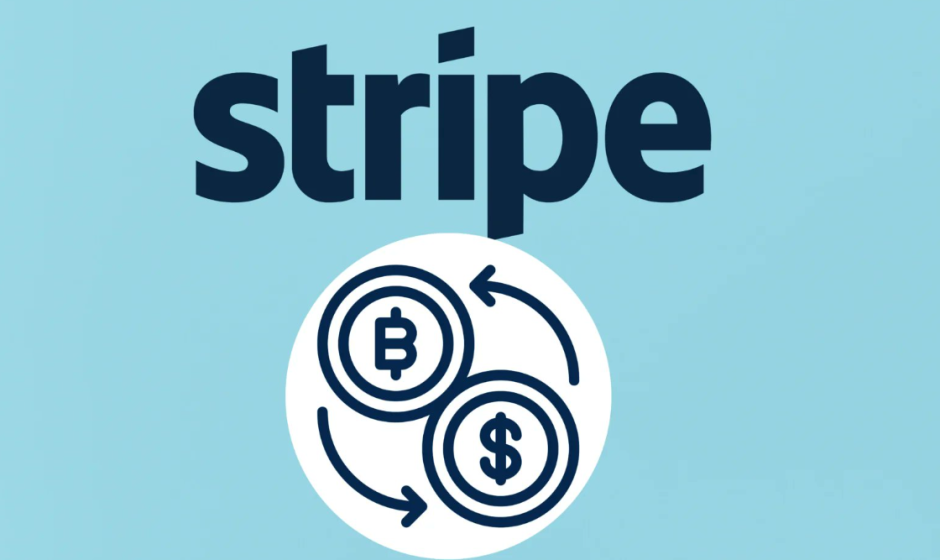by Vincent Muthee
Stripe, a traditional financial giant, is making a bold move towards blockchain adoption by allegedly developing its own blockchain. Although the firm has not made any official statement about the secret project, the move could transform the way fintechs perceive crypto.
The firm’s secret blockchain development plans initially came to light after a job posting suggested a proprietary blockchain project. Upon its completion, the project will grant Stripe full control of the stablecoin payment stack, including token issuance and payment processing. For a company already embedded in global payment flows, this could be a significant competitive edge.
Tempo, Stripe’s Stealth Layer-1 Network
Internally, Stripe’s blockchain is called Tempo. A Fortune report says the blockchain is being built by a five-person team operating in stealth mode. A job listing for a product marketing role, with one notable requirement; experience working with Fortune 500 companies, revealed the Tempo project. These details suggest that Stripe is targeting big corporate payment flows rather than simply expanding consumer-facing services.
JUST IN:
Stripe is officially building their own L1 blockchain alongside prominent crypto VC Paradigm named "Tempo" according to Fortune Crypto.
It is a "high-performance, payments-focused blockchain" for the Fintech giants customer base. pic.twitter.com/A5wAmLDb6F
— Andy (@ayyyeandy) August 11, 2025
Other sources with knowledge of the matter say that Tempo will be a layer-1 blockchain tailored for payments and compatible with Solidity, Ethereum’s programming language. This means developers already familiar with Ethereum’s ecosystem could quickly build on it.
The timing aligns with an industry-wide surge in corporate interest in stablecoins. Companies like Meta, Apple, and Airbnb are exploring how to integrate such assets as faster, cheaper alternatives to existing payment systems.
Building on Acquisitions and Existing Crypto Efforts
Stripe’s blockchain ambitions did not start with Tempo. In October, the firm spent $1.1 billion to acquire Bridge, a stablecoin infrastructure company. That deal remains its largest acquisition. Bridge’s platform lets companies embed stablecoins into payment systems and even issue their own tokens, capabilities that fit directly into Stripe’s long-term strategy.
Then came the June purchase of Privy, a crypto wallet developer. While financial terms were undisclosed, the acquisition allows Stripe to offer secure wallet services alongside payment processing. Combining wallet technology with stablecoin transaction rails already gives Stripe a strong foothold; adding a proprietary blockchain would complete the picture.
Industry experts point out that controlling the network layer lets Stripe sidestep public blockchains entirely. Stripe could engineer the system to be faster, more cost-effective and secure, tailored to its own clients’ needs.
Regulatory Tailwinds and Market Implications
The push by Stripe comes at a time when U.S. regulation is starting to catch up. In July, the GENIUS Act was signed into law, providing federal clarity on stablecoins. Supporters say it removes a major uncertainty that has slowed adoption among large institutions.
Stripe’s CEO Patrick Collison told lawmakers in March that the firm is seeing more businesses explore stablecoins as payment options. With Bridge and Privy already integrated, Tempo could put Stripe in a position to offer a fully in-house solution.
Still, it’s unclear whether Tempo will have a native cryptocurrency. Stripe hasn’t acknowledged the Tempo project publicly, nor has its investor Paradigm.
Industry Watching for Next Moves
The removal of the job posting following media inquiries has only fueled speculation. With Tempo still in stealth development, industry participants are closely tracking Stripe’s progress.
Provided that the project is launched without a hitch, it might serve as an example of how payment giants can integrate stablecoins without relying entirely on the current blockchain networks. Having the potential to direct the underlying technology would allow Stripe to be flexible in changes in regulations, market needs, and competitions.
Until more details emerge, the industry will be paying close attention to developments around Tempo. Industry watcher’s will also be speculating how far Stripe is prepared to go to make Tempo a key component of its payment ecosystem.
#blockchain #crypto, #decentralized, #distributed, #ledger


